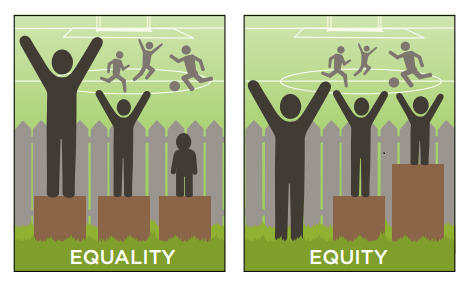Originally Published at Entrepreneur.com on March 25, 2015
If you start a crowdfunding campaign, don’t be surprised when you start getting solicited by email from people who want to help you crowdfund successfully. Are these potential donors? Fans of your project who want to help you spread the word because they love what you are doing? Writers or bloggers who could take your campaign to viral status through their vast readership?
Hopefully, these email solicitations come from one (or all) of those people. Unfortunately, many will come from a recent phenomenon that is cropping up in the crowdfunding world: the crowdfunding consultant.
A crowdfunding consultant will, for a fee, advise you on launching, running and promoting your campaign. Some of these crowdfunding consultants are very good and can provide valuable help, particularly for campaigns trying to raise more than $100,000. Others are basically worthless and will take anyone’s money just to repeat things you could learn for free reading my Entrepreneur.com articles.
When it comes to raising money for larger campaigns, Roy Morejon of Command Partners is one of the top crowdfunding consultants in the business. In the past four years, he has helped more than 100 projects successfully crowdfund and has helped raise more than $18 million for his crowdfunding clients.
One of the firm's recent success stories was the Bunch O Balloons Kickstarter campaign that raised nearly $1 million and led to a lucrative licensing deal with one of the largest toy distributors in the world. I asked Morejon to help me reveal the secrets to finding the right crowdfunding consultant for your campaign.
1. Find a consultant with a multidisciplinary team of marketers.
Many crowdfunding consultants are just marketing people or PR firms who will send out an online press release for your campaign. This does little to no good by itself. You not only need someone great with public relations skills, but a consultant with experience with social media and digital marketing. A good consultant understands the crowdfunding landscape, including who to reach out to and how to target media and donors depending on what industry your campaign falls into.
2. Ask to see their track record and check references.
“Anybody can say they are a crowdfunding expert," Morejon says. "Very few can back it up with consistent success and references that will vouch for their value.”
Ask to see the last 10 campaigns the consultant worked on, whether they were successful or not. Pay close attention to the success rate. On Kickstarter, only about 40 percent of all crowdfunding campaigns are successful. On other platforms such as Indiegogo and GoFundMe, the success rate is reportedly only 10 percent.
A crowdfunding consultant should be able to show a higher success rate to justify their fees. Command Partners, for example, has an 85 percent success rate of campaigns reaching their goal.
3. Make sure they are well connected to the media.
Nothing makes a crowdfunding campaign go viral faster than media coverage. When Morejon consulted on the Trunkster Kickstarter campaign that raised nearly $1.4 million, a big boost came from an appearance on Good Morning America, as well as a story in Travel+Leisure.
Nearly every crowdfunding consultant will offer press releases as part of their package, but access to actual media contacts and proof that the consultant’s media pitches consistently work is the key. Don’t believe someone who promises to “get you on the Today Show” unless they can show you a track record of other crowdfunding clients sitting next to Matt Lauer.
4. Ask about their fees.
Fees vary from consultant to consultant, with some charging flat fees up front, others charging a percentage of the money raised, and others a combination of the two. This is a good place to remember the old adage: You get what you pay for.
Don’t expect someone you pay a one-time fee of $500 to work tirelessly for 30 to 60 days to get your campaign rocking and rolling. Also, as an attorney, I offer one more bit of advice: Get their fee structure in writing, and sign a contract detailing their services if possible, so there are no surprises at any point.
For those trying to crowdfund $1,500 to pay for your dream vacation or a few hundred to get a new set of sub-woofers for your car, a crowdfunding consultant is not for you. But for those who need to raise serious money to start a business or get a product manufactured and to market, a good crowdfunding consultant can be invaluable.
But finding a good consultant is not easy. You need someone with creativity and who is willing to think outside the box of normal marketing practices, and who also has a track record of success. Follow these tips, do your homework, and pick someone that will justify the cost of bringing them onto your crowdfunding team.



































